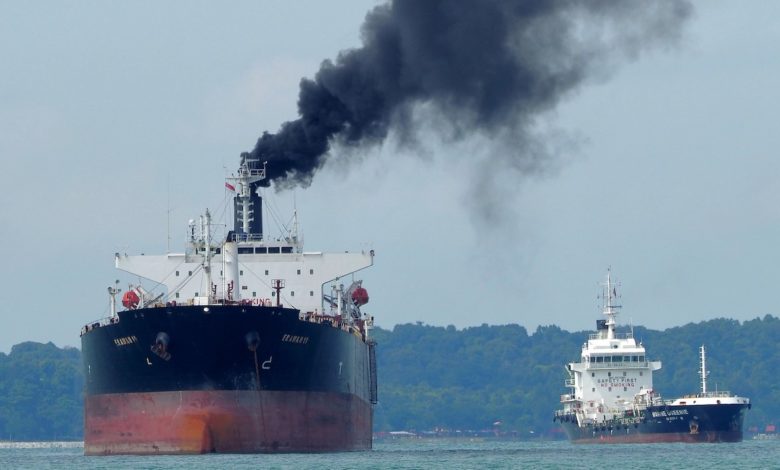G7 pushes for intermediate GHG targets for shipping

The ongoing decarbonisation of international shipping formed a plank of an extensive 36-page communiqué issued yesterday from Sapporo in Japan where G7 climate, energy and environment ministers had been meeting.
The group reaffirmed their commitment to strengthen global efforts to achieve greenhouse gas (GHG) lifecycle zero emissions from international shipping by 2050 at the latest. To support this target the G7 will push member states at the International Maritime Organization (IMO) to introduce intermediate targets for 2030 and 2040 for the revised IMO GHG reduction strategy during the upcoming 80th session of the Marine Environment Protection Committee (MEPC80), in line with efforts to limit the temperature increase to 1.5°C above pre-industrial levels.
G7 ministers also committed to work for the development and adoption of mid-term measures by 2025 to achieve these targets consisting of regulatory signals and incentives.
As part of other multilateral cooperation, the group pledged to support the establishment of at least 14 green shipping corridors involving G7 members by the middle of this decade and pledged to support the establishment of green corridors worldwide in order to promote the reduction of GHG emissions through the uptake of zero- and near-zero emission vessels and fuels and the development of decarbonised ports.
MEPC80 is set for June with Splash bringing readers extensive coverage of what has been billed as a crucial gathering to thrash out green policies. To this end, an Intersessional Working Group on Greenhouse Gases met at IMO last month. Particular attention was focused on levels of ambition, mid-term measures, the basket or combination of measures to be finalised and revision to IMO’s Data Collection System (DCS).
